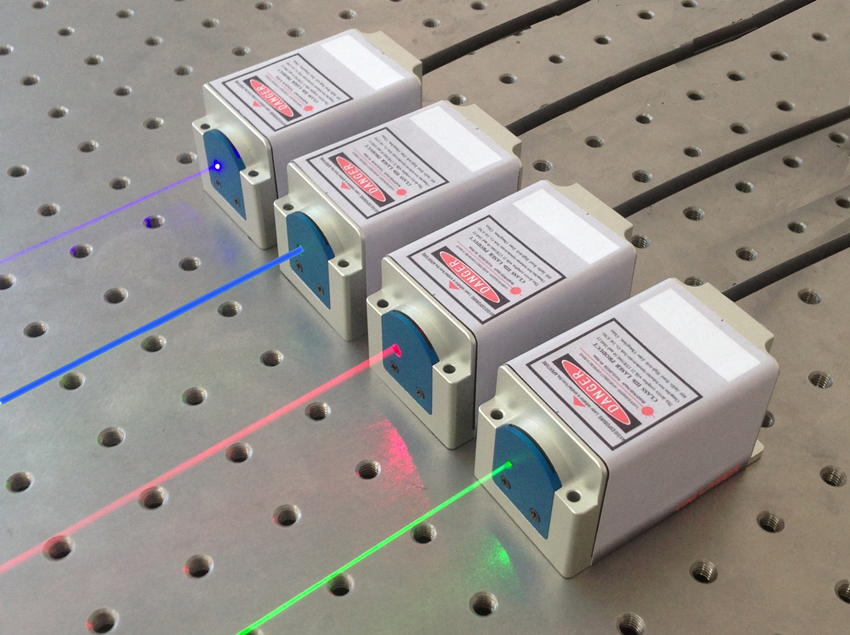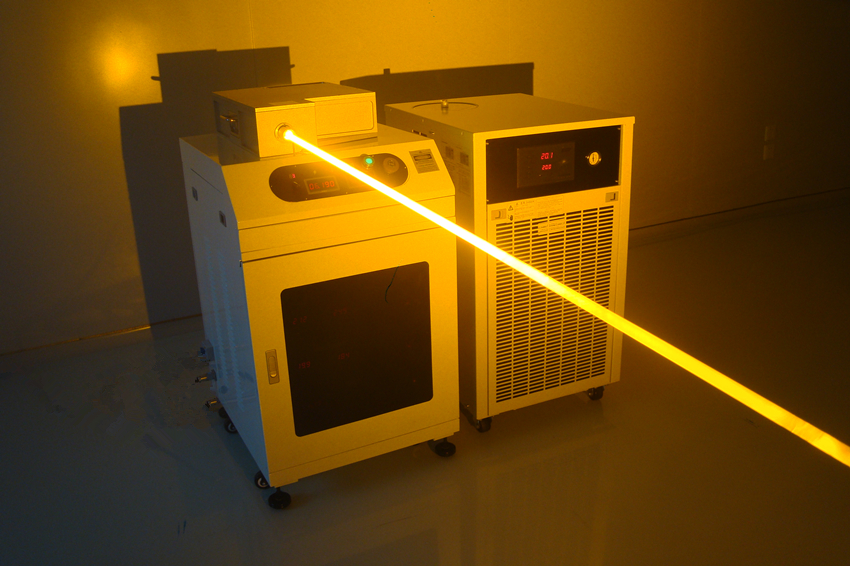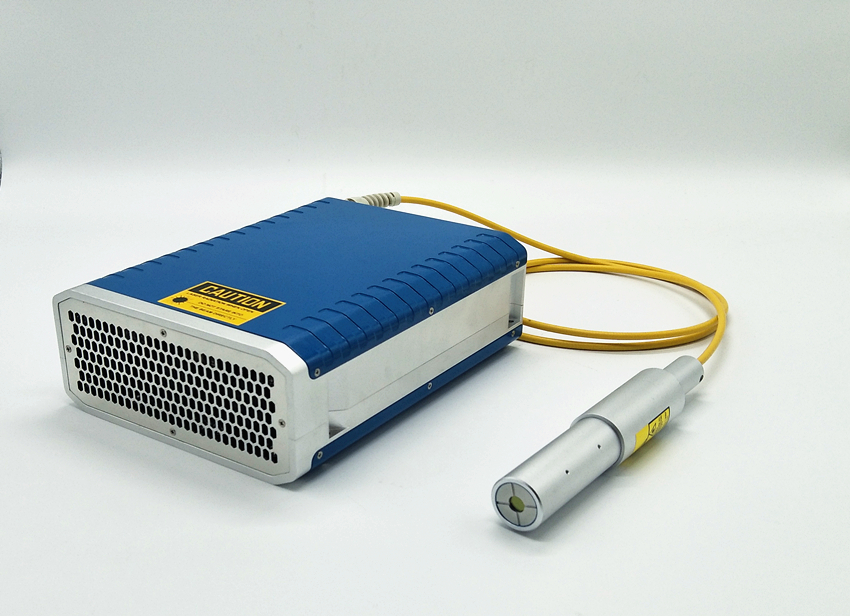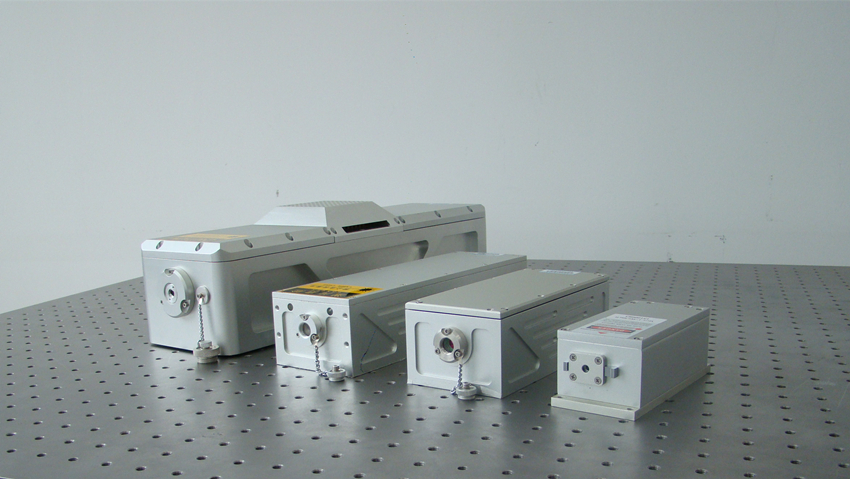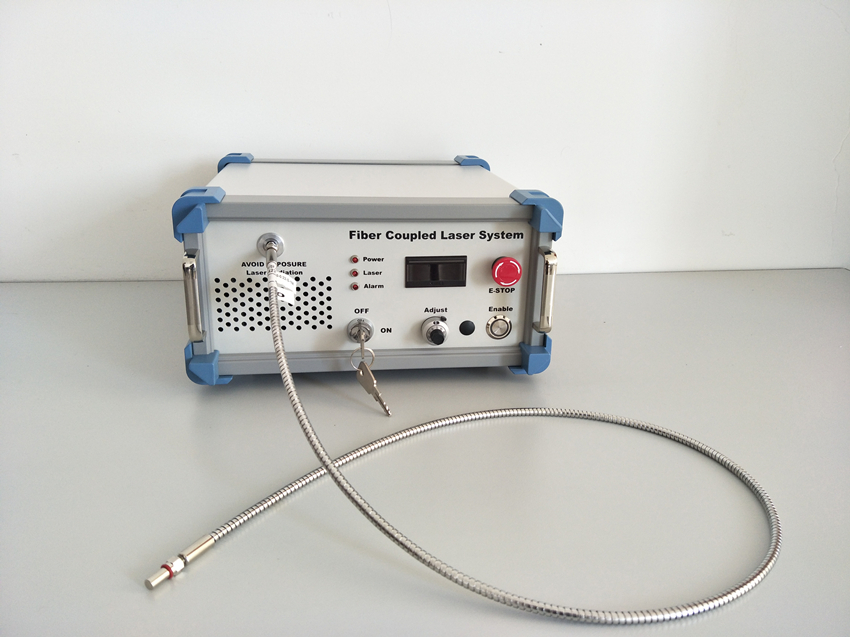When it comes to selecting materials for vehicle components, manufacturers face a complex decision-making process that involves balancing durability, weight, aesthetics, and safety. This article explores the key factors involved in choosing materials specifically for thermoformed vehicle parts, highlighting their advantages and applications in modern automotive design. Historically, materials like Glass Reinforced Plastic (GRP or fiberglass) were used due to their stiffness. However, they tend to be brittle and can crack or chip under impact. In contrast, modern thermoplastics such as KYDEX® offer superior impact resistance, making them ideal for high-stress environments. Their ability to maintain structural integrity under repeated use makes them increasingly popular among manufacturers looking for long-lasting solutions. With fuel efficiency being a top priority in vehicle design, material density plays a crucial role. Thermoplastics provide significant weight savings compared to traditional materials like steel or aluminum, while still offering strong strength-to-weight ratios. This reduction in weight not only improves fuel economy but also contributes to lower emissions, aligning with current environmental goals. As a result, thermoplastics have become a preferred choice for manufacturers aiming to meet both performance and sustainability targets. Maintaining a clean and appealing appearance is essential for both interior and exterior vehicle components, especially in commercial and public transportation settings. Through-colored thermoplastics retain their visual appeal even when scratched, and textured surfaces help mask minor wear and tear over time. Unlike painted metals or laminates, these materials do not suffer from chipping or peeling, ensuring a consistent look throughout the component’s lifecycle. Additionally, thermoplastics come in a wide range of colors, patterns, and textures—such as woodgrain and metallic finishes—offering designers flexibility without sacrificing durability. Interior parts like seatbacks, tray tables, and wall panels require materials that meet strict flame retardant standards while providing excellent impact resistance. These components must endure frequent cleaning and maintain their appearance over years of use. Weight is also a critical factor in interior design, as reducing mass can improve overall vehicle efficiency and comfort. Exterior parts face even harsher conditions, including exposure to UV radiation, road chemicals, and extreme weather. These components need to be highly resistant to corrosion, UV degradation, and abrasion while maintaining their aesthetic quality. Selecting the right material is essential to ensure long-term performance and reliability in these demanding environments. Post-forming operations are also simplified, as trimming can be done using basic automation or even standard woodworking tools, making the process more cost-effective and versatile. Material selection should take into account the available customization options to meet specific design needs. Modern thermoplastic manufacturers provide a wide range of standard colors and textures, with custom color options available at reasonable minimum orders. Surface texture choices allow designers to achieve both aesthetic and functional goals. Moreover, reinforcing features can be integrated during the forming process, adding another layer of design flexibility. Different sectors within transportation have specific regulatory requirements that influence material choices. For example, aerospace applications must comply with FAR25.853 standards, while mass transit vehicles follow NFPA 130 guidelines. Automotive components, on the other hand, must meet FMVSS 302 requirements. Flame resistance and smoke toxicity are key considerations across all industries, impacting material approval and selection processes. In conclusion, modern thermoplastics offer numerous advantages over traditional materials like metals and GRP. Their combination of impact resistance, weight savings, aesthetic durability, and ease of fabrication makes them an attractive option for thermoformed vehicle components. With strong compliance capabilities and extensive customization options, thermoplastics are becoming a go-to solution for a wide range of transportation applications. Laser
Laser is divided into the following types
according to the wavelength: Red Laser , Orange
Laser, Yellow Laser , Green Laser , Cyan
Laser, Blue Laser , Violet Laser and UV Laser .
According to pumping source, it can be divided into: DPSS laser, diode laser and Fiber Laser .
DPSS and Diode lasers also can be divided by performance with High Stability Laser, Low Noise Laser , Single Frequency Laser, Long Coherent Laser, High Power Laser, High Energy Laser, Q-switched Laser, Pulsed Laser , Mode-locked Laser, Picosecond Laser , OEM Laser Module , Fiber Coupling Laser, High Frequency Modulation Laser and Line Laser .
Laser, Blue Laser 1W, Best Green Laser Light, CW Dpss Red Lasers Changchun New Industries Optoelectronics Technology Co., Ltd. , https://www.cnioptics.comImpact Resistance and Durability
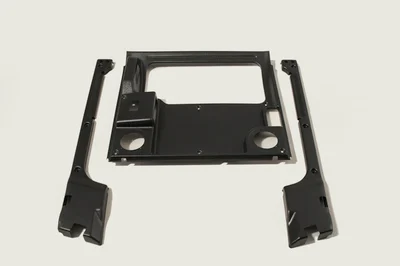 Vehicle components are constantly subjected to stress from various sources throughout their lifespan. From luggage and electronics to passenger contact, these parts must withstand regular impacts. Additionally, they are frequently exposed to harsh cleaning chemicals, which can degrade traditional materials over time. The continuous vibrations of a moving vehicle and exposure to environmental elements further challenge the performance of these components.
Vehicle components are constantly subjected to stress from various sources throughout their lifespan. From luggage and electronics to passenger contact, these parts must withstand regular impacts. Additionally, they are frequently exposed to harsh cleaning chemicals, which can degrade traditional materials over time. The continuous vibrations of a moving vehicle and exposure to environmental elements further challenge the performance of these components.Weight Considerations
Aesthetic Durability
Interior Components
Exterior Components
Fabrication Advantages
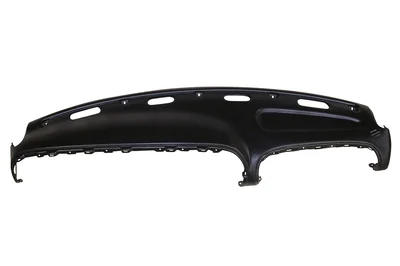 Modern thermoplastics offer several manufacturing benefits that make them ideal for thermoforming. They can be molded into complex shapes with minimal tooling costs, allowing for efficient production of large parts. The process eliminates the need for pre-drying, reduces cycle times, and uses lower forming temperatures, enhancing overall productivity.
Modern thermoplastics offer several manufacturing benefits that make them ideal for thermoforming. They can be molded into complex shapes with minimal tooling costs, allowing for efficient production of large parts. The process eliminates the need for pre-drying, reduces cycle times, and uses lower forming temperatures, enhancing overall productivity.Customization Options
Safety and Compliance

